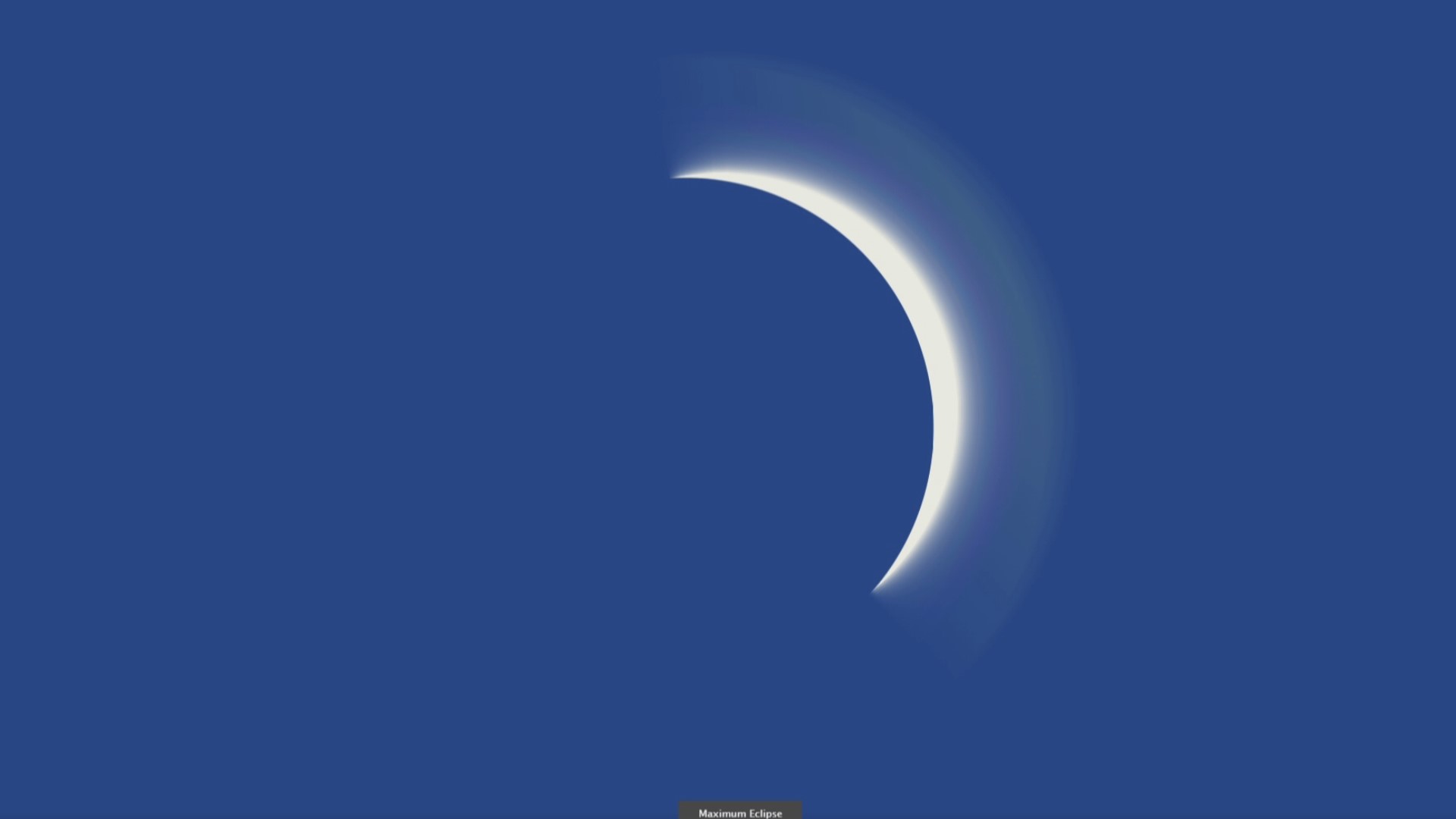MICHIGAN, USA — On April 8 a total solar eclipse is expected to captivate millions across the country. The last time the country saw a total solar eclipse was in 2017, but the upcoming one will be bigger and longer.
The 2024 eclipse's path of totality stretches from Mexico to Newfoundland. About 44 million people live in the path, 32 million of them being in the United States.
In the United States, 15 states are in the path of totality. Michigan is just outside of that path. So, while we'll still have a great view of the eclipse, around 93% totality, the sun will not be fully covered by the moon.
When will Michigan see another total solar eclipse?
Solar eclipses are fairly common. They actually occur a few times a year. However, experiencing totality in the Midwest is incredibly rare. The Midwest won't see another eclipse like this until Aug. 23, 2044 according to NASA.
Where can I watch the solar eclipse?
As long as you have a pair of eclipse glasses you can head outside on April 8 and the eclipse should be visible between 2-4 p.m. Its peak will be around 3:15 p.m. in West Michigan.
If you're looking for a place to go you can find a list of West Michigan watch parties here.
If you're in need of a pair of eclipse glasses you can find a place to pick some up here.
Solar eclipse facts from NASA
Solar eclipses offer a unique opportunity for scientists to study the corona, or outer atmosphere.
Since the sun's surface is so much brighter than the corona it's not usually visible. However, during a total solar eclipse, the corona becomes visible.
In areas within the path of totality, there will be a window of time where viewers can safely remove their eclipse glasses. A total solar eclipse is the only kind of eclipse where glasses can safely be removed to view the event.
Solar eclipses can confuse wildlife.
When an eclipse reaches totality, nocturnal wildlife might wake up, mistaking the darkness as a sign of nighttime. At the same time, non-nocturnal wildlife might take the darkness as a sign to go to sleep.
►Make it easy to keep up to date with more stories like this. Download the 13 ON YOUR SIDE app now.
Have a news tip? Email news@13onyourside.com, visit our Facebook page or Twitter. Subscribe to our YouTube channel.
Watch 13 ON YOUR SIDE for free on Roku, Amazon Fire TV Stick, Apple TV and on your phone.

